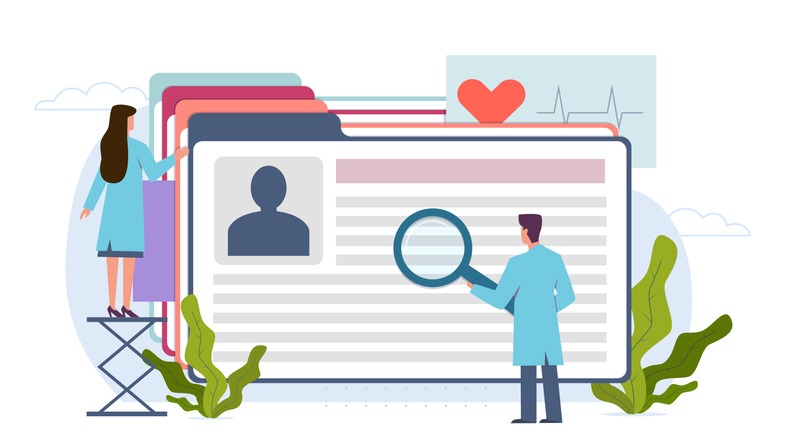
Electronic Patient Records (EPR) are essential to delivering more joined up and integrated care – here’s what to expect in 2023 and beyond
CREDIT: This is an edited version of an article that originally appeared on Digital Health
NHS England’s stated aim is for all hospitals to have an EPR in place by 2025. Better use of data and technology has the power to improve the quality of care and reduce the cost of health and care services overall.
However, technological innovations are constantly being made, and EPR transitions have rapidly evolved during the 12 years of us delivering such projects.
How can the NHS benefit from upcoming EPR transition trends?
Business Intelligence (BI) is expected to play an increasingly important role during and after EPR implementations going forward. BI in healthcare can help healthcare organisations make data-driven decisions that improve patient outcomes, enhance operational efficiency, and support financial sustainability.
The NHS can sometimes view BI as an unnecessary expense, however as BI typically involves the collection of data from various sources including patient satisfaction surveys, clinical data registries and of course electronic health records, it can be a worthwhile investment when it comes to reporting on digital progress.
A small minority of Trusts regularly use BI tools and techniques such as data mining, predictive analytics, and statistical analysis to identify patterns, trends, and insights in the data. This makes the reporting of the success and benefits of EPR transitions clearer and easier to digest.
As we continue to see the growth of the telehealth industry, we can also expect to see the benefits of EPR transitions being supported by health tech companies. Successful EPR transitions can streamline telehealth operations by providing quick and easy access to patient data.
This can reduce administrative tasks and, in the long term, improve the speed and accuracy of diagnoses whilst giving access to accurate and up-to-date patient data. Potentially, this could include medication lists, allergies, past medical history, and more.
As the NHS continues to work with health tech companies to supplement certain services, we may see telehealth companies more inclined to work with Trusts that have successfully implemented EPRs simply because of the greater data analysis.
We know that staff find using a computer for documentation much more efficient than filling out forms by hand. EPRs allow staff to quickly move from one patient’s record to another, and multiple staff members can access records at the same time.
What does this mean for those working within the community care system?
Reports show that the introduction of an electronic documentation system allows staff to spend less time on documentation. This gives staff more time for direct care. For staff working within the care sector, this is particularly appealing and could contribute to various nursing processes, such as assessment and care planning, and writing daily progress notes and handover forms.
Consequently, EPRs may assist staff to deliver a more person-centred approach to care. There’s been an increase in Care Homes reaching out to the NHS for guidance on EPR implementations and hopefully this will lead to greater transferability of information across multiple stakeholders including Hospitals and GPs to Care Homes which would allow for a more integrated approach to care provision.
A healthcare cultural shift on the horizon
There is a cultural shift on the horizon in the way the NHS and UK healthcare system operates and delivers healthcare.
At Integrella, it has been seen first-hand the positive healthcare outcomes that can arise when investing in the correct technology, and it is believed this will benefit the NHS from an economical and methodical perspective.
It is therefore crucial that EPR transitions are looked at as a strategic investment that improves long-term population health management as opposed to an ongoing operational cost.


Be the first to comment